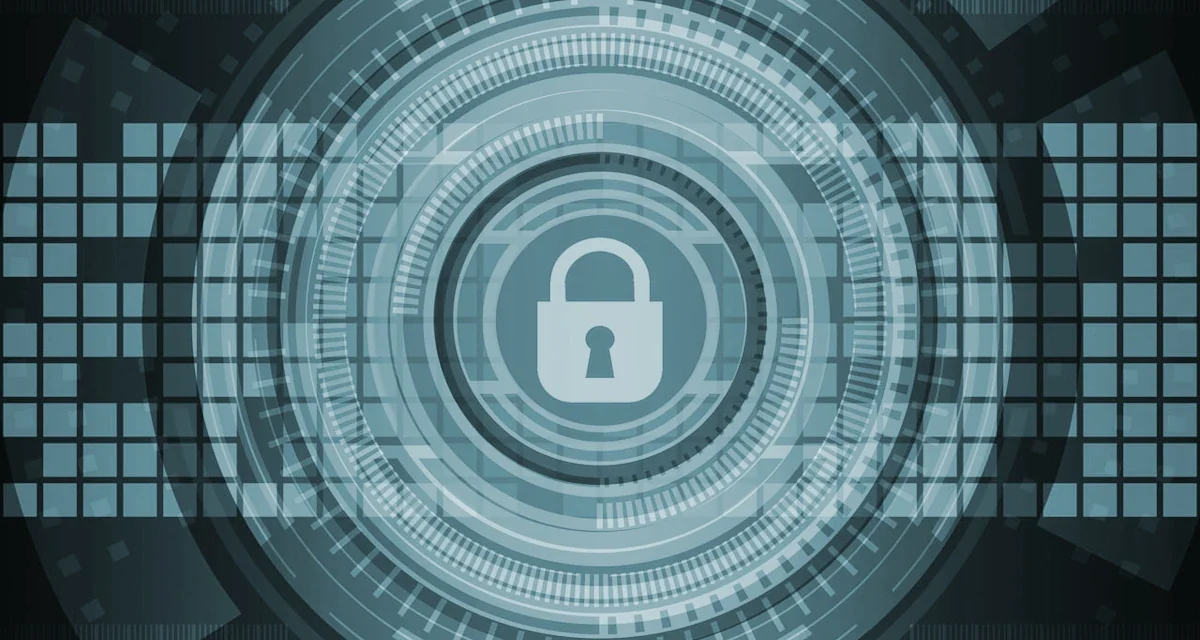Data breaches and cyber threats are on the rise, making protecting your online accounts more important than ever. One such measure is two-factor authentication (2FA), a security method that requires users to provide two different types of identification before accessing an account. In this blog post, we will demystify 2FA, explaining how it works and why you need it.
How Does Two-Factor Authentication Work?
Two-factor authentication adds an extra layer of security by requiring users to provide two forms of verification: something they know (a password or PIN) and something they have (a physical device or biometric data). The most common type of 2FA is time-based one-time passwords (TOTP), which generate a unique, temporary code. This code is generated by an authenticator app installed on your smartphone or other devices. The app stores a secret key, also known as a seed, which is provided by the website or service you are logging into and used to generate the codes.
When you attempt to log in to an account protected by 2FA, you will be prompted to enter the current TOTP code from your authenticator app, in addition to your username and password. Once you’ve entered the correct code, you will be granted access to your account. This two-step process ensures that even if a hacker obtains your login credentials, they won’t be able to access your account without also having access to your physical device or biometric data.
Why Do You Need Two-Factor Authentication?
Below are some risks that two-factor authentication can help protect against:
Phishing Attacks
Since 2FA requires a second form of verification beyond just a password, it can help protect you from phishing sites. These are websites designed to trick you into revealing your credentials. It is common for hackers to send out emails that appear to be from a legitimate company, such as your credit card, bank, cryptocurrency exchange or email provider. Often these emails will contain links to a site that looks like a lot like the real one, using the same colors and logo. Once you enter your login information, it is captured by the hackers, who can then use it to try and log into the real site.
Weak or Compromised Passwords
Coming up with a strong password that is memorable can be a challenge. People often use the same password for multiple website and may not realize that their password has been compromised. It’s also common for people to use weak passwords, that are common like “letmein” and “password123.” Hackers have lists of common passwords they can try using automated means. It’s best to avoid information that would be easy for others to guess, such as your street address, phone number, birthday, company name, or kids names. With two-factor authentication, even if hackers have or are able to guess your password, they will still need the code from your authenticator app to log in.
Where Should You Use Two-Factor Authentication?
- Online banking and financial services
- Email and communication platforms
- Social media and dating apps
- Cloud storage and file sharing services
- E-commerce and payment processing platforms
By enabling 2FA on these critical accounts, you can significantly reduce the risk of unauthorized access to your personal information and assets.
Popular Authenticator Apps
- Aegis Authenticator (https://getaegis.app) – Open source authenticator app for Android
- 2FAS Authenticator (https://2fas.com) – Open source authenticator app for Android and iOS
- KeePassXC (https://keepassxc.org) – Cross-platform password Manager for Windows, Linux and iOS that support TOTP codes
- Google Authenticator (https://support.google.com/accounts/answer/1066447)
- Microsoft Authenticator (https://www.microsoft.com/en-us/security/mobile-authenticator-app)
- Authy (https://www.authy.com)
In conclusion, two-factor authentication is a powerful security measure that can help protect your online accounts from cyber threats. By requiring two forms of verification, 2FA adds an extra layer of protection that makes it significantly more difficult for hackers to gain access to your accounts. If you’re not already using 2FA, now is the time to start. With so many benefits and such a low barrier to entry, there’s no reason not to take this critical step in protecting your online life.



